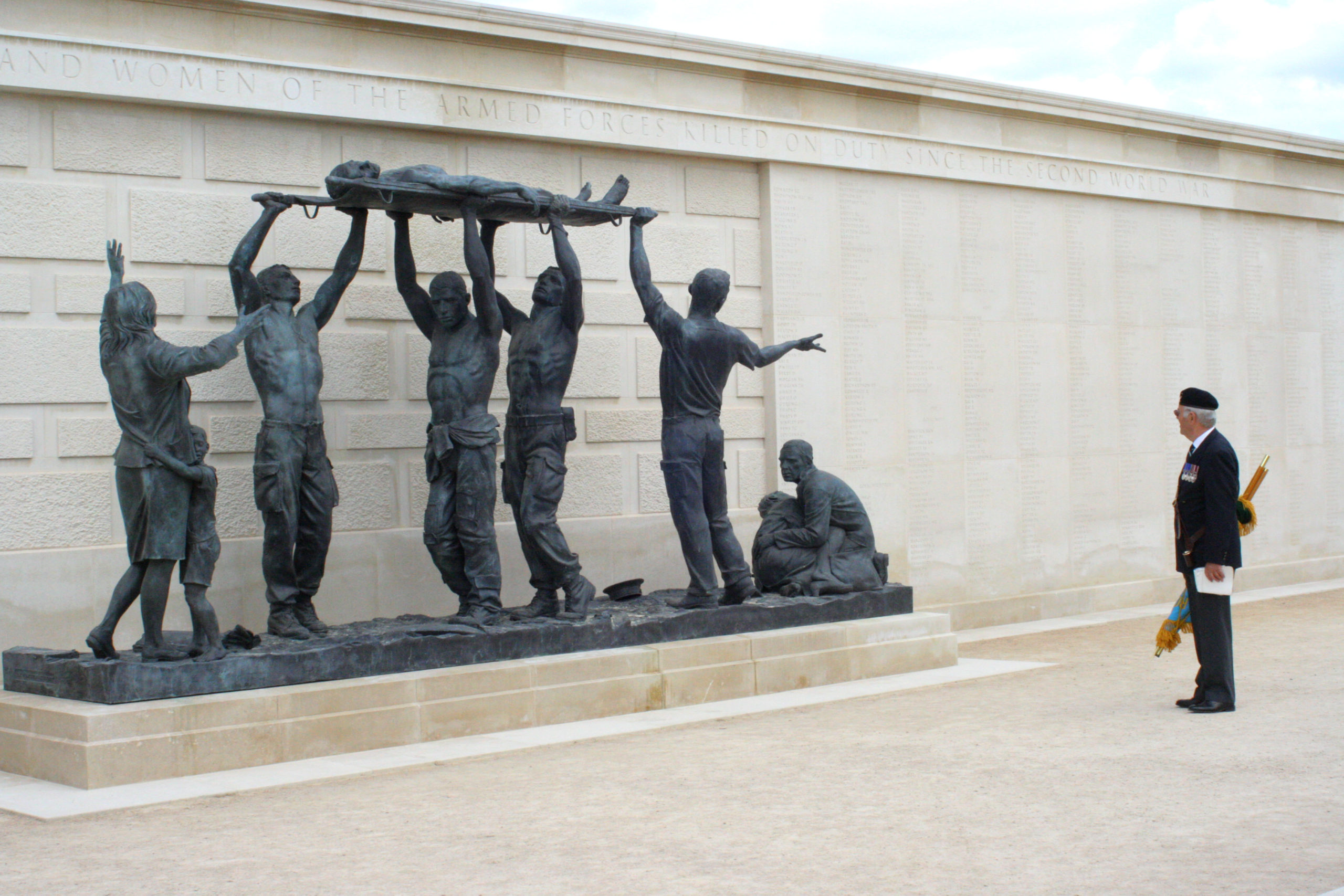
The National Memorial Arboretum
Exploring some of the memorials with South Asian connections at the year-round centre for Remembrance.
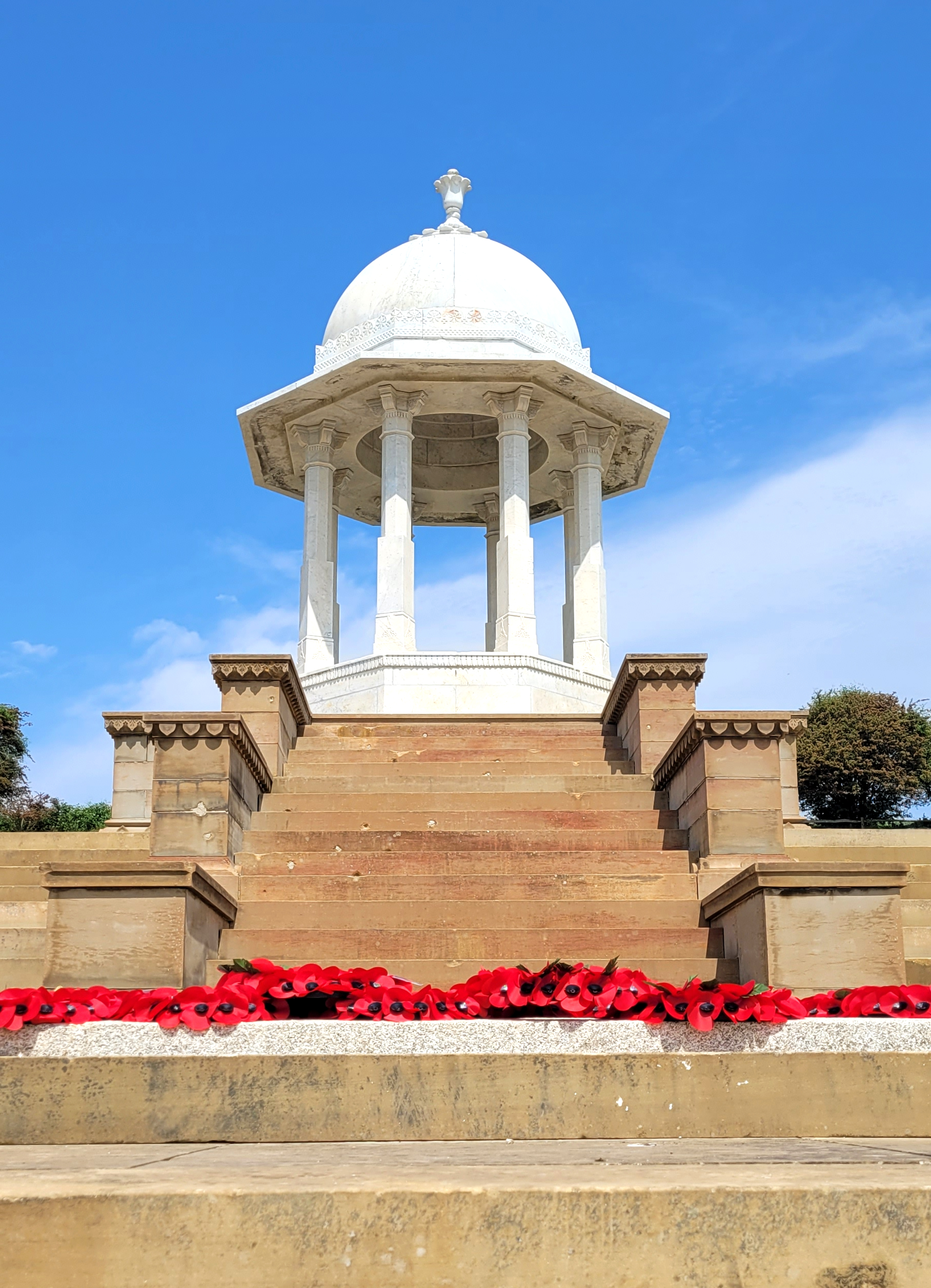
In the middle of the beautiful South Downs National Park, the Chattri Memorial stands as a symbol of the service and sacrifice of Sikh and Hindu soldiers. In Hindu, Punjabi and Urdu, ‘Chattri’ means ‘umbrella’ – a fitting description of the dome which tops the memorial.
As you hike up the hill, the dome of the memorial peeks out over the top of the trees and, at first glance, you can’t help but wonder “why is this structure all the way up here?”
This stone umbrella has a unique history of service and sacrifice. The monument commemorates the Indian soldiers who sacrificed their lives during the First World War, fighting on behalf of the British Empire.
It honours the 53 men (37 Hindu and 16 Sikh) of the Indian Army who died of their wounds and illnesses obtained whilst serving on the Western Front from 1914 to 1915. They were treated at the three makeshift hospitals in Brighton, including one built within the ornate Royal Pavilion, the first Indian hospital of the war.
They were cremated in accordance with the Sikh and Hindu faiths at Patcham Down Ghat before their ashes were scattered in the English Channel. It is at this spot on the South Downs that the Chattri Memorial stands.
The Muslim soldiers who died in Brighton were buried in Brookwood Military Cemetery, Woking, Surrey.
The journey up the steep incline to the memorial is a rewarding one, as the city slowly falls away below you, and you began to feel a sense of awe and respect for the soldiers, who left the life they had known, to fight in Europe over a century ago.
Composed of white marble, approximately 2.7m wide and 8.8m high with an octagonal base and 8 marble pillars supporting a hollow dome, the ‘Chattri’ is far from being understated, with its ornate design, yet its overall simplicity commands attention.
As you walk around the monument, you can find an inscription commemorating the soldiers.
The suggestion of a memorial was made by Lieutenant Das Gupta in August 1915 to the then Mayor of Brighton Sir John Otter. Brighton had been the Indian Army medical hub and Otter took up the project almost entirely on his own, championing the efforts of building a suitable commemoration. After leaving his role as Mayor, Otter led Brighton’s Indian Memorials Committee.
On 1 February 1921 Edward, Prince of Wales unveiled the Chattri Memorial. During the unveiling, he stated that the memorial was a dedication to the “brave men, our fellow subjects, who, after the fire and stress of Flanders, received the last sacred rites of their religion on this high eminence. It is benefiting that we should remember and that future generations should not forget”.
He also recognised the contribution of the Muslim soldiers “who passed away in your care. These were buried with all military honour at Woking.”
The Commonwealth War Graves Committee (CWGC) decided in 2009 that, while these Hindu and Sikh individuals did not have graves, it would be fitting to remember them where they had been cremated. The CWGC designed and built a new monument next to the Chattri Memorial bearing the names of the 53 men who died in Brighton and were transported up to the Downs to pass through fire.
Since 1951, an annual Remembrance service has taken place at the Memorial on the second Sunday of June to commemorate and remember the service of the Indian Army during the First World War. This is organised by the Chattri Memorial Group with support from the Royal British Legion.
Davinder Dhillon OBE, DL, Chair of the Chattri Memorial Group says:
“The Chattri symbolises and reminds us of the contribution made by combatants and non-combatants from the South Asian community to the freedom and prosperity of Britain during the First World War. The Chattri also offers an example of the bravery of South Asian men who lost their lives willingly in foreign lands fighting a war of not their making. This contribution was repeated during the Second World War and one could argue that because of the original contribution, people from the South Asian community are continuing to make significant contributions to modern day Britain as citizens of this country today.
“The story of this rich seam of history, until recently, has been barely acknowledged by British historians, educators, writers and politicians. Arguably it has been ignored in the teaching of British history, particularly within the context of studying the British Empire and colonialism. It’s vital, in my view, for people from South Asian backgrounds to understand this period and the crucial role their ancestors played in the conflict and beyond. Ironically, it’s a perfect counter to xenophobia and racism. “
This year the service fell on Sunday 11th June and was attended by current and ex-serving members of the Armed Forces, relatives, friends and community members.
The Chattri Memorial may be a relatively small and understated monument, but it’s significance to the people of Brighton, those from South Asian Heritage and to the memory of those who fought in the First World War, is immeasurable.
More information on the annual service can be found on the Chattri Memorial Group webpage:https://www.chattri.org/


Exploring some of the memorials with South Asian connections at the year-round centre for Remembrance.
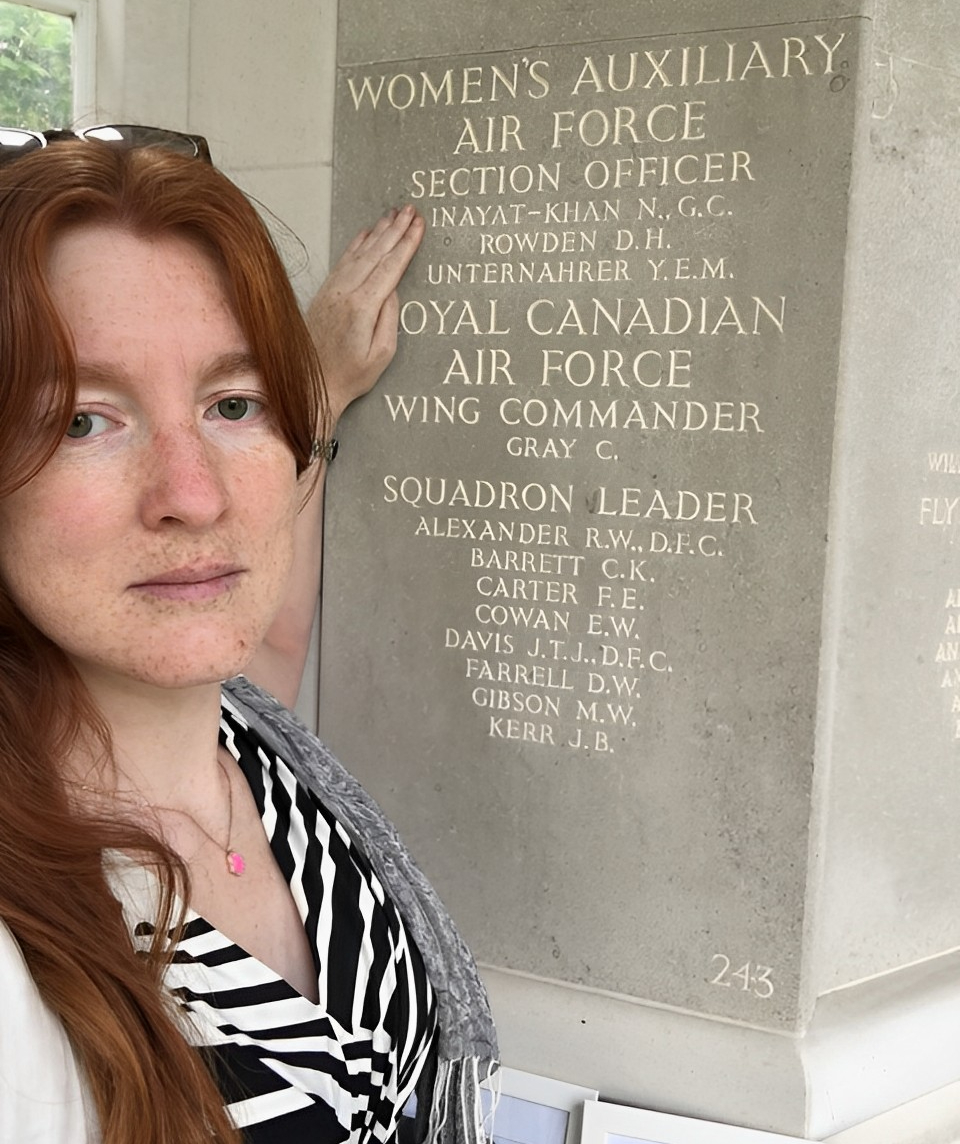
An aviation enthusiast’s special mission to honour a Second World War agent in occupied France.

The Indian Army Memorial Room stands as a tribute to the rich history and enduring spirit of the Indian soldiers of the British Indian Army.
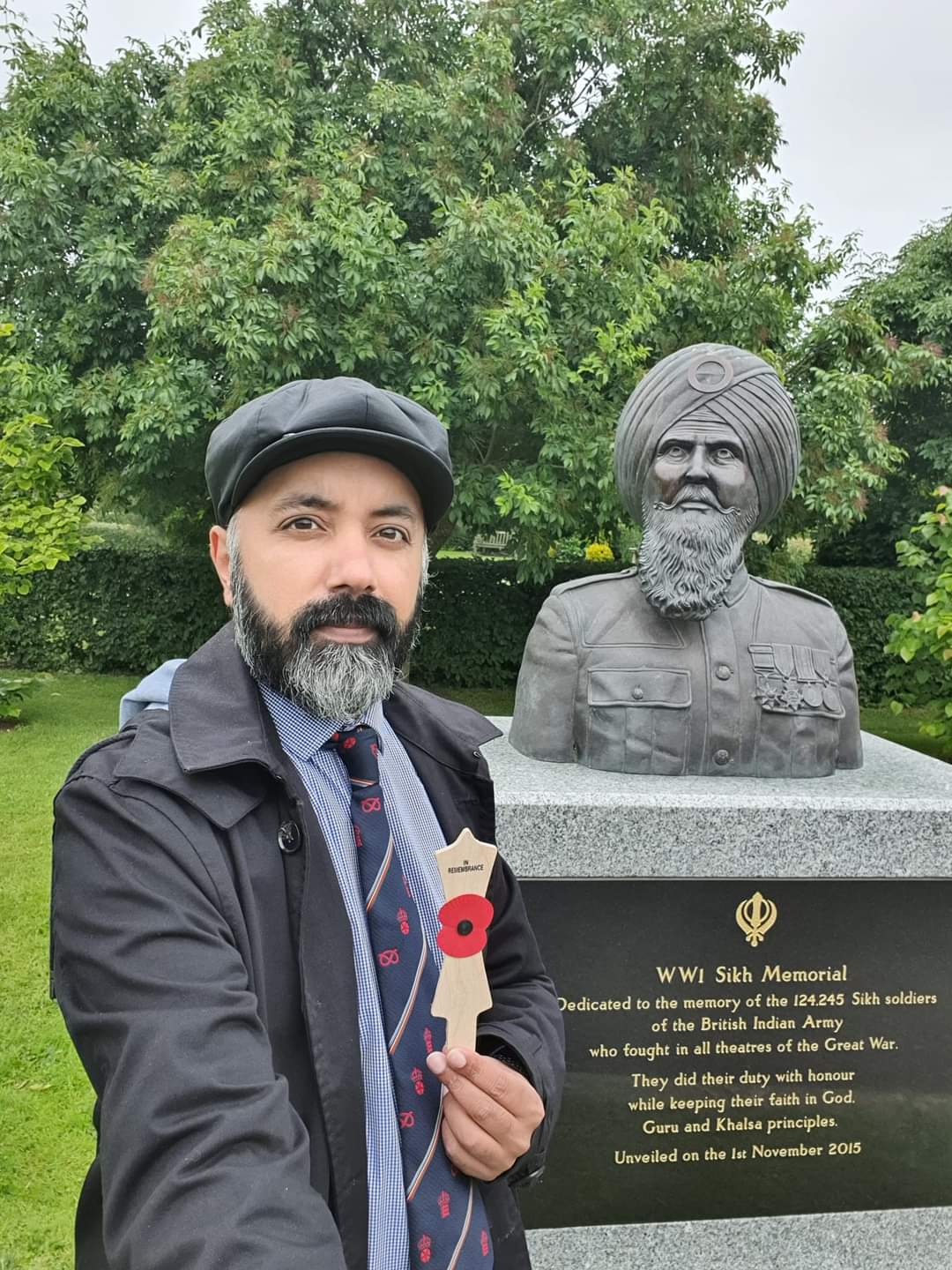
The story behind the tribute to commemorate the service of Sikh members of the Armed Forces.
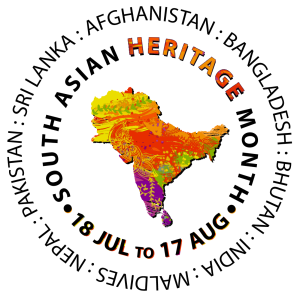
The first of the Trust’s projects is the South Asian Heritage Month (SAHM), which first took place in 2020 and runs from the 18th of July to the 17th of August each year.
SAHM seeks to commemorate, mark and celebrate South Asian cultures, histories, and communities.
It seeks to understand the diverse heritage and cultures that continue to link the UK with South Asia.


© South Asian Heritage Trust | All Rights Reserved